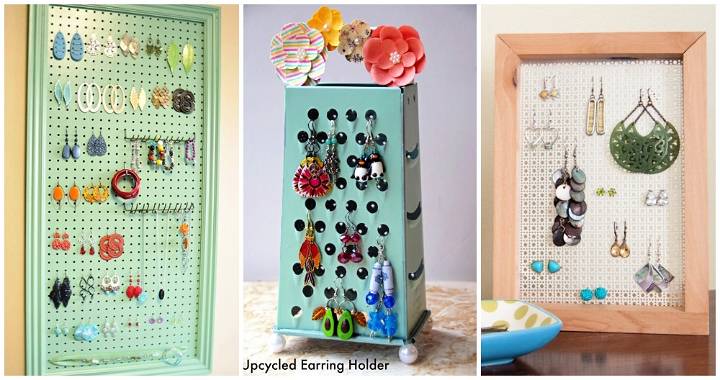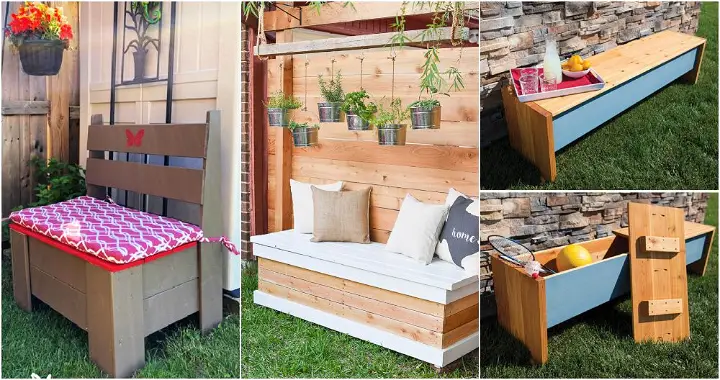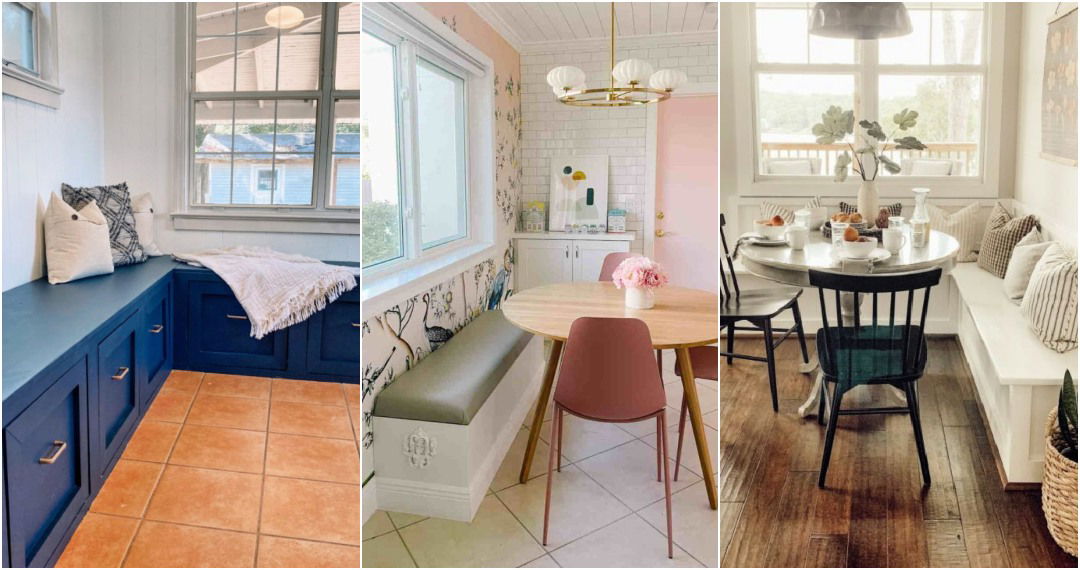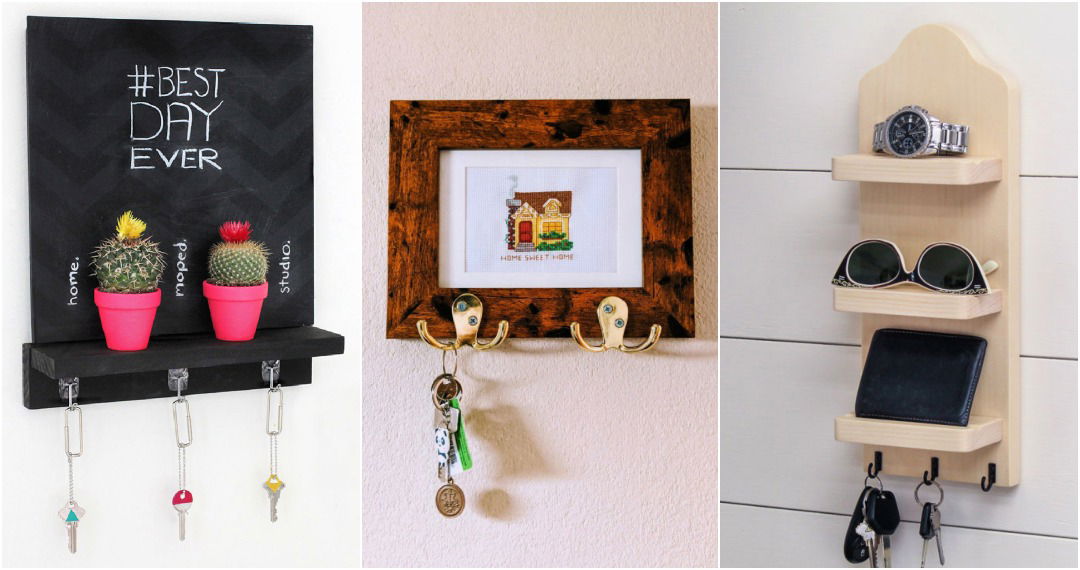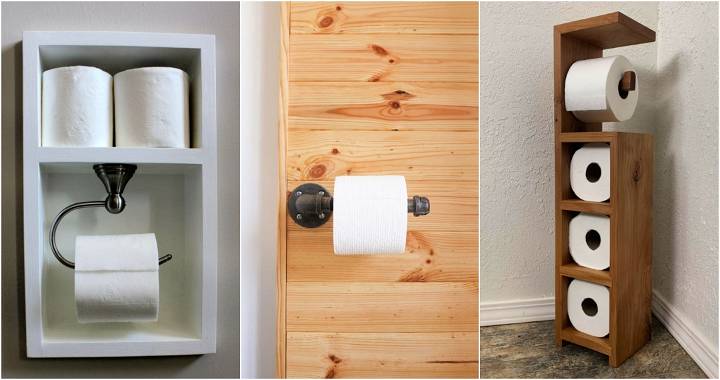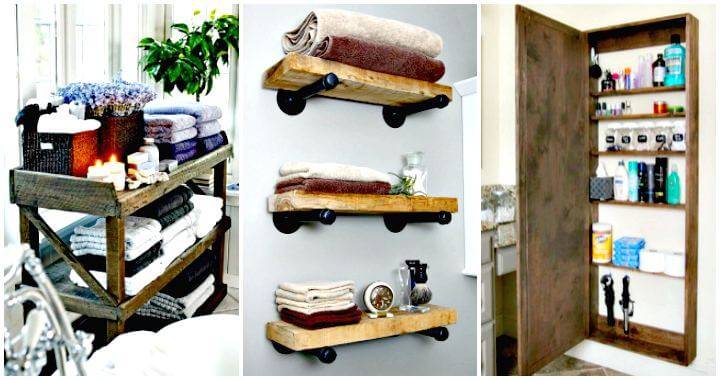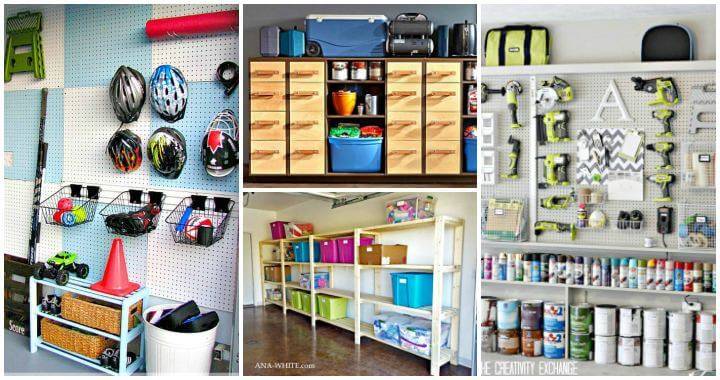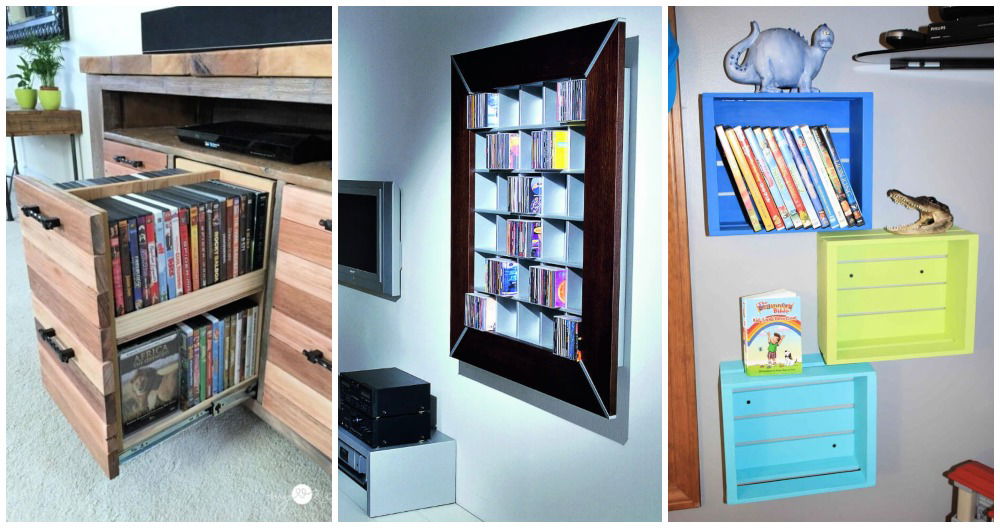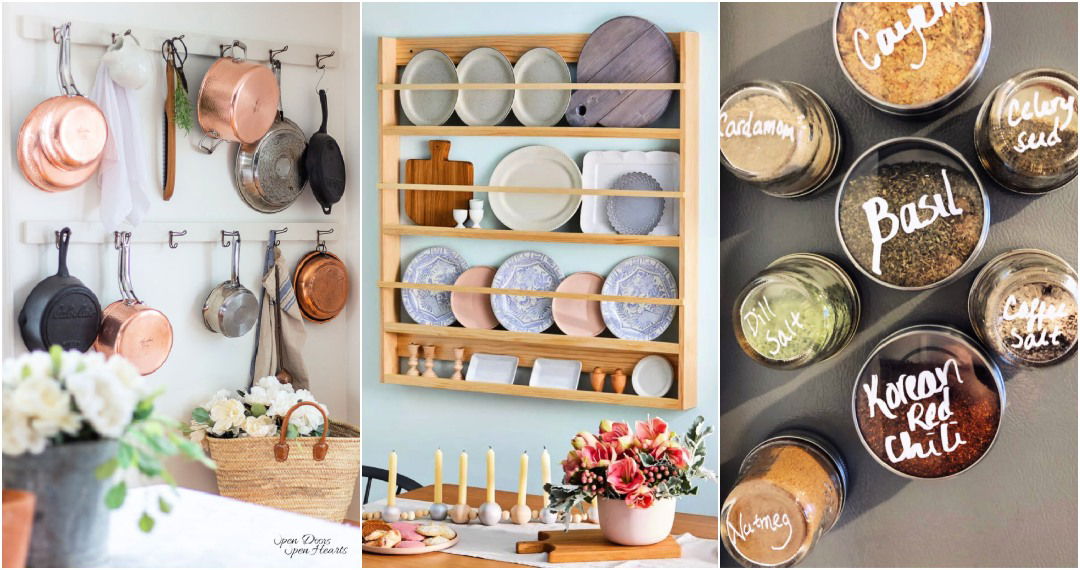Crafting your own DIY fishing rod holder can be a rewarding project. Not only does it provide a customized solution for storage, but it also adds a personal touch to your fishing gear collection. With the right materials and a bit of patience, you can make a durable and aesthetically pleasing rod holder. This guide will walk you through the essentials, from selecting materials to step-by-step instructions, ensuring your fishing rods are stored safely and conveniently.
The process involves measuring, marking, drilling, and assembling, tailored to accommodate your specific storage needs. Whether it's for your garage, shed, or living space, these plans are designed to be both functional and fitting for any setting. Following our step-by-step instructions will help you avoid common pitfalls, ensuring a smooth building experience. Keep reading for some creative customization ideas and helpful troubleshooting tips that will make your fishing rod holder stand out.
Ready to tackle this project? Let's dive into the materials you'll need to get started and move step by step towards making a rod holder that not only serves its purpose but also reflects your personal style.
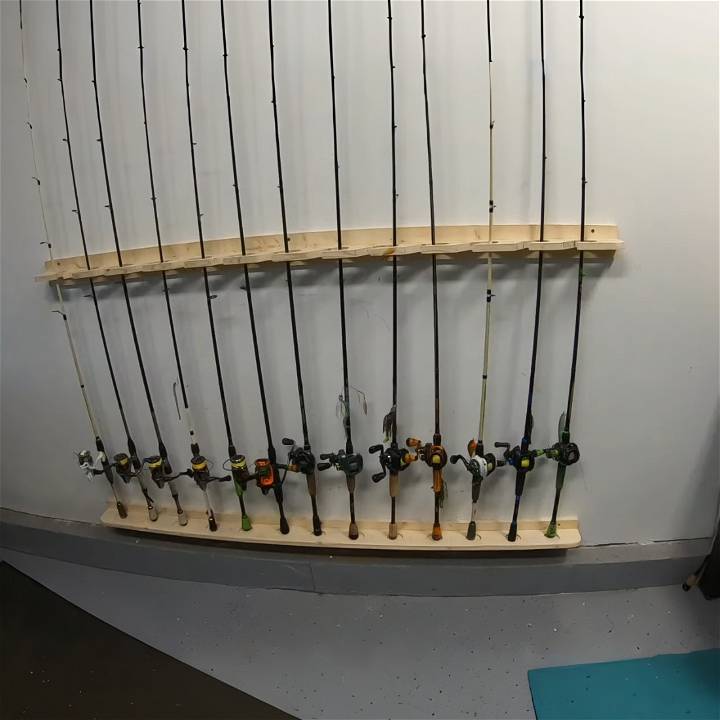
Materials You'll Need:
- Two 6-foot long 1x4 pieces of wood (for top and bottom racks)
- Additional 1x4 piece for wall mounting
- Wood glue
- Trim head screws (#6, 2.25 inches) for bonding wood pieces
- Larger screws (#10, 3.125 inches) for mounting the rack to the wall
- Hole saw (2 and 1/8 inches wide)
- Router or spade drill bit (optional for the bottom rack)
- Sandpaper
- Drill with pilot bit
- Measuring tape and pencil
- Square or straight edge
Step by Step Instructions:
Learn how to make a simple, cheap, & extremely strong fishing rod rack with our step-by-step guide below:
1. Measure and Mark the Wood:
First, measure and mark the center of your 1x4 pieces along their length. For the top piece where the rod handles will go, mark the center at one and three-quarters inches. This center line will guide you to where to place your holes.
2. Marking and Drilling Holes:
Starting three inches from the edge, mark where each hole will go along the top piece of wood, spacing them about four inches apart. This spacing ensures reels won't collide. Use a hole saw to carefully drill out each marked spot.
3. Preparing the Bottom Rack:
The bottom rack needs indents to hold the base of the rods. Clamp the top and bottom pieces together and mark through the holes onto the bottom piece. Use a router or a spade bit to make a shallow dip that corresponds with each hole above.
4. Making the Slots:
For the top rack, make a notch from the edge of each hole to the edge of the wood. This allows you to easily place and remove rods. Use a straight edge to mark out these slots before sawing them out.
5. Sand and Prep:
Sand down all the wood pieces to remove any rough edges, making sure each part is smooth to the touch and free of any pencil marks.
6. Assemble the Rod Rack:
Use wood glue and trim head screws to attach the top and bottom racks to the additional 1x4 piece, which will serve as the mount for your wall. Ensure that it's centered and straight.
7. Mounting the Rack:
Find the studs in your wall and pre-drill holes. Secure the assembled rack to the wall studs using the larger screws. Be sure to check for level during this step to ensure your rods hang straight.
Video Tutorial
For a step-by-step video tutorial on constructing this fishing rod rack, watch this guide.
It pairs well with this written guide, offering a visual complement that elucidates each step discussed for clarity and ease of understanding.
This project saves space and protects fishing rods by mounting them on the wall, preventing damage. For around $40 and some time, you can have a professional, sturdy rack to suit your needs.
Customization Ideas
One of the best aspects of a DIY fishing rod holder is the ability to customize it to your specific needs and preferences. Here are some ideas to make your fishing rod holder uniquely yours:
Material Choices
Consider different materials. While wood is a common choice for DIY projects, don't limit yourself. You could use metal or PVC pipes for a different look and feel.
Design Modifications
Modify the design to suit your needs. If you frequently fish with different types of rods, consider making holders of different sizes. You could also add extra features like a handle for easy transport or a strap for secure storage.
Personal Touches
Add personal touches. Paint your fishing rod holder in your favorite color, or add decals or stickers that reflect your personal style. You could even carve or burn your initials into the wood for a truly personalized holder.
The goal of a DIY project is not just to make something useful, but also to have fun and express your creativity. So, don't be afraid to think outside the box and make your fishing rod holder truly one of a kind!
Troubleshooting Guide
When working on a DIY project like a fishing rod holder, you might encounter some issues. Here's a guide to help you troubleshoot common problems:
Problem: The Holder is Unstable
Solution: Check the base of your holder. It should be flat and sturdy. If it's wobbly, you might need to add more support or consider using a heavier material for the base.
Problem: Rods Don't Fit
Solution: The diameter of the holes should be slightly larger than the diameter of your fishing rods. If your rods don't fit, you might need to widen the holes. Remember to sand the edges to prevent damage to your rods.
Problem: Wood is Splintering
Solution: This could be due to the type of wood you're using or the sharpness of your tools. Make sure you're using sharp tools and sand the wood thoroughly after cutting.
Problem: Holder is Not Weather Resistant
Solution: If your holder isn't withstanding the elements well, consider applying a weather-resistant finish. This can help protect the wood from moisture and sunlight.
Every problem has a solution. Don't get discouraged if you run into issues. With a little patience and troubleshooting, you'll have a functional and durable fishing rod holder in no time.
Safety Precautions
When making a DIY fishing rod holder, safety should be your top priority. Here are some safety tips to keep in mind:
Personal Protective Equipment
Always wear appropriate personal protective equipment (PPE). This includes:
- Safety glasses: Protect your eyes from flying debris when cutting or drilling.
- Work gloves: Protect your hands from splinters and sharp tools.
- Dust mask: Protect your lungs from dust when sanding the wood.
Safe Tool Use
Use your tools safely. Remember the following:
- Power tools: Always disconnect power tools when changing bits or blades.
- Sharp tools: Always cut away from your body when using knives or other sharp tools.
- Clamps: Use clamps or a vise to hold your workpiece steady. Never hold it in your hand.
Work Area Safety
Keep your work area safe. Here are some tips:
- Well-lit: Make sure your workspace is well-lit to avoid mistakes.
- Clean: Keep your workspace clean and free of clutter to prevent accidents.
- Fire safety: Keep a fire extinguisher nearby if you're working with flammable materials.
Safety first! By following these precautions, you can ensure a safe and successful DIY project.
Maintenance Tips
Maintaining your DIY fishing rod holder is crucial to ensure its longevity and functionality. Here are some tips to help you keep your fishing rod holder in the best possible condition:
Regular Cleaning
Clean your fishing rod holder regularly. Dust, dirt, and grime can accumulate over time, which can affect the holder's performance. Use a soft, damp cloth to wipe down the holder. Avoid using harsh chemicals that could damage the material.
Check for Damage
Inspect your fishing rod holder for any signs of damage. Look for cracks, loose screws, or any other signs of wear and tear. If you spot any damage, repair it as soon as possible to prevent further deterioration.
Protect from Weather
Protect your fishing rod holder from harsh weather conditions. If the holder is made of wood, consider applying a coat of weather-resistant paint or varnish to protect it from moisture and sunlight.
Store Properly
Store your fishing rod holder properly when not in use. Keep it in a dry, cool place away from direct sunlight. This can help prevent warping and fading.
By following these maintenance tips, you can ensure that your DIY fishing rod holder stays in top shape for many fishing trips to come. Remember, a well-maintained fishing rod holder not only looks good but also performs better.
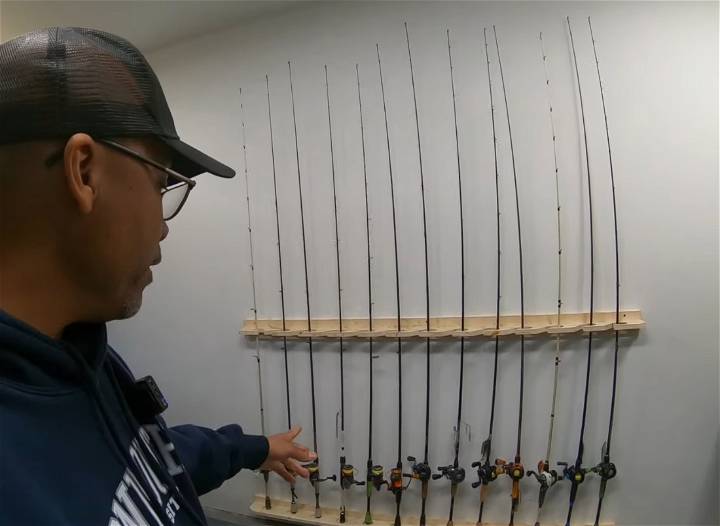
Frequently Asked Questions
Here are some frequently asked questions about DIY fishing rod holders:
What type of wood is best for a fishing rod holder?
Answer: Hardwoods like oak, maple, or walnut are typically the best choices for a fishing rod holder. They are durable and can withstand the weight of the rods.
Can I use PVC pipe instead of wood?
Answer: Yes, PVC pipe is a great alternative to wood. It's durable, lightweight, and easy to work with.
How many rods can the holder accommodate?
Answer: The number of rods a holder can accommodate depends on the design. Most DIY holders can hold between 3 to 6 rods.
How do I ensure the holder is stable?
Answer: Stability can be achieved by using a wide base for your holder. You can also add weight to the base for extra stability.
Can the holder be used for both freshwater and saltwater rods?
Answer: Yes, the holder can be used for both types of rods. However, if you plan to use it for saltwater rods, consider using a water-resistant finish to protect against corrosion.
How do I maintain my fishing rod holder?
Answer: Regular cleaning and inspection for damage are key to maintaining your holder. If it's made of wood, consider applying a fresh coat of finish once a year.
Can I customize the holder?
Answer: Absolutely! DIY projects are all about customization. You can paint it, add personal touches, or modify the design to suit your needs.
Is it expensive to build a fishing rod holder?
Answer: The cost depends on the materials you choose. However, building your own holder can be a cost-effective alternative to buying a pre-made one.
How long does it take to build a fishing rod holder?
Answer: The time it takes can vary depending on the complexity of the design. However, most simple holders can be built in a few hours.
Do I need special tools to build a fishing rod holder?
Answer: Basic tools like a saw, drill, and sandpaper are usually sufficient for a DIY fishing rod holder.
Every DIY project is a learning experience. Don't hesitate to ask questions and seek help if you need it. Happy building!
In conclusion, crafting your homemade DIY fishing rod holder provides not only an organized storage solution but also offers a rewarding DIY project. From selecting the right materials, following step-by-step instructions, injecting personal customization, and addressing potential troubleshooting issues to adhering to safety precautions and maintenance tips, we have covered essential guidelines to ensure your fishing gear is neatly stored and easily accessible.
Whether adding personal touches or choosing durable materials, your fishing rod holder will undoubtedly enhance your fishing experience. Remember, a well-maintained DIY rod holder not only serves its functional purpose but also reflects your dedication to your beloved hobby. Happy fishing and happy crafting!


